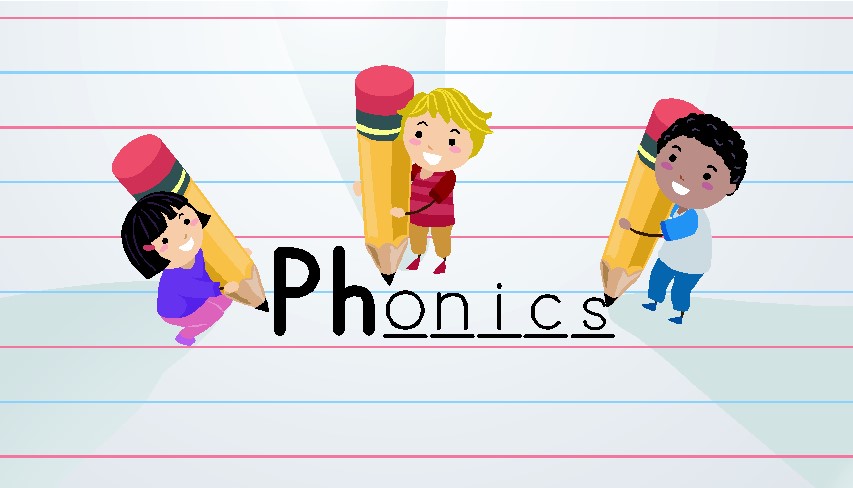Learning phonics is the first step to many of the skills needed to read. Phonics teaches children that letters stand for sounds of different words and how these sounds work together. Educators have found that children taught phonics are more likely to have success in reading, writing, spelling, and language development. It is important to remember that literacy is a lifelong skill that can be refined with basic instruction at any age.

What is phonics?
Phonics is the basic process of learning how to decode words. Decoding is the process of translating letters into phonemes, or the smallest units of sound that make up a word. Phonics is usually broken down into individual sounds and taught to children, who then relate these sounds with letters and words.
Why teach phonics?
Phonics is the first and most crucial step in learning to read, as it teaches children the sounds of letters and words. When children understand how sounds work within words, they can sound out words and read them. Literacy is a crucial part of success in life, and learning Maelan Way Phonics helps lay the groundwork for future learning.
How should I teach phonics?
There is no one right way to teach phonics, as it is a process that can be adapted and adjusted to meet the needs of each child. Children are capable of learning and mastering phonics at all ages. Less is more when teaching phonics, as too many rules and guidelines can inhibit a child’s learning ability.
Children must be taught the basic sounds of letters as early as possible, so they can begin learning phonics. Letters can be presented with pictures or objects to help the learning process. Children who have trouble remembering sounds can be taught to associate letters with motions, such as tapping out the sounds in a word. Often, children will learn more by hearing a word than by seeing it spelled out. If children are presented with a word for which they do not know the sound, it can help them learn the sound.
It’s never too late to teach your child phonics
If your child is struggling with reading, do not be afraid to introduce phonics in a fun and engaging way. The more your child learns about phonics, the more confident they will be when it comes to reading. For example, it can be helpful to speak in rhyme, practice writing letters and words on chalkboard worksheets, and use songs and rhymes to help your child remember sounds.
The goal is quite simple – that your child learns to love reading and that they can read independently and comprehend what they’ve read. Reading is a crucial skill that teaches children valuable principles, and reading to your child is one of the best ways to accomplish this.
The reading skills they learn today can help them earn better employment and further their careers. Learning to read requires some commitment, but the benefits are limitless once your child has learned the skills. Reading is something your child will do every day of their lives well into adulthood. They will read for work, pleasure, knowledge, and many other reasons. Now is the time when you build the bedrock of their reading foundation that will last a lifetime.

Leave a Reply